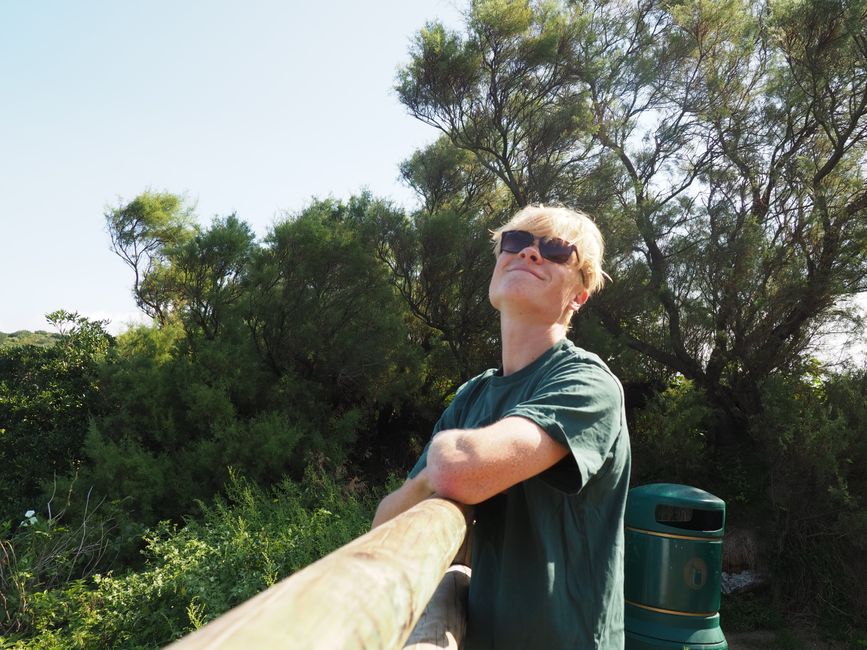Exploring Joburg with Locals
Gipatik: 24.03.2023
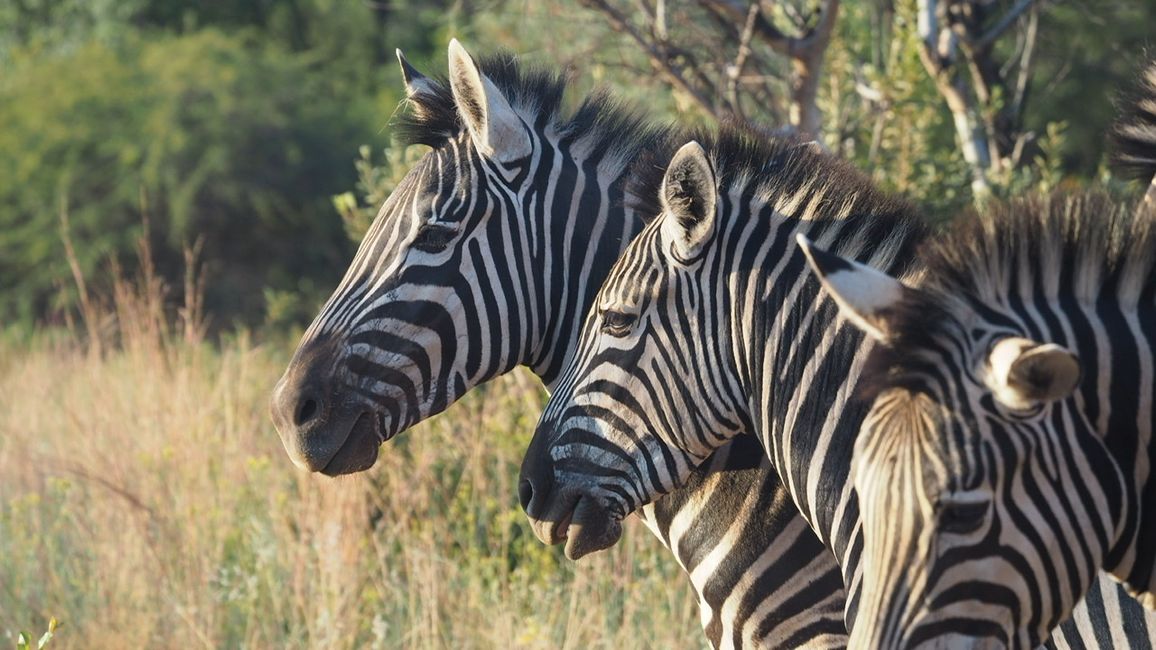
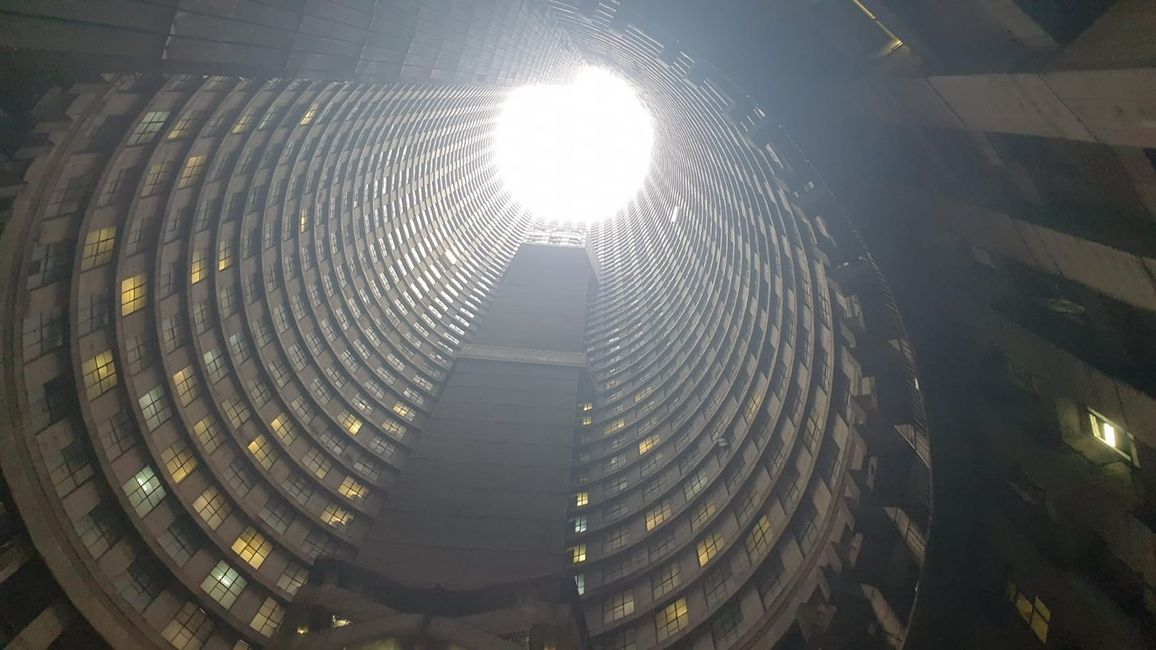
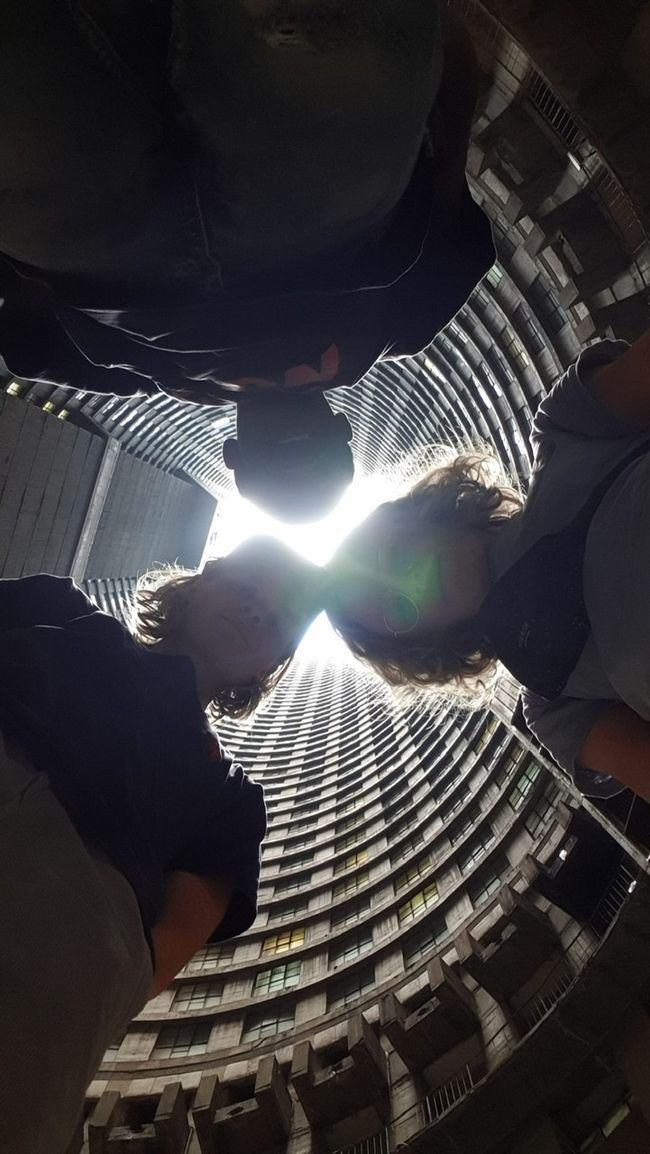
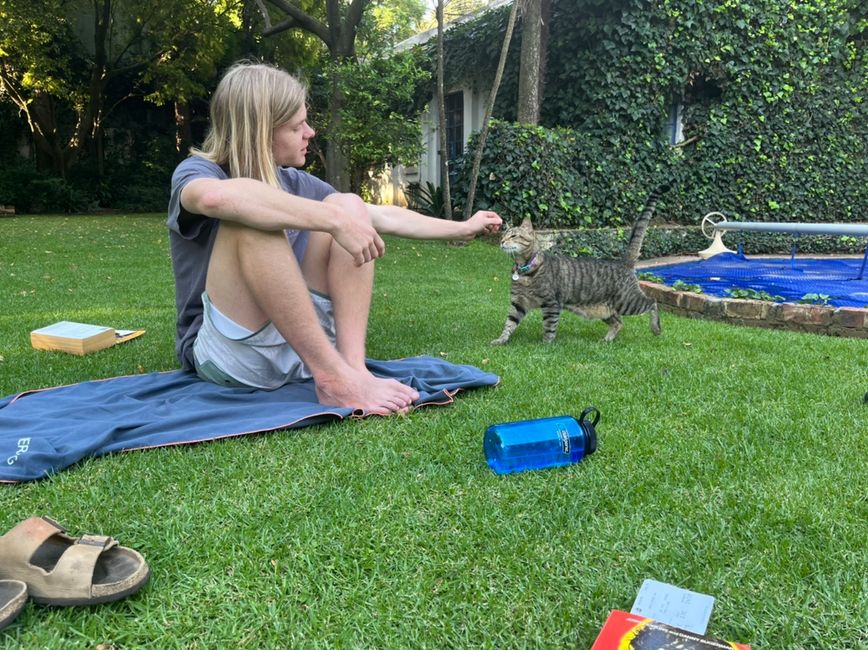
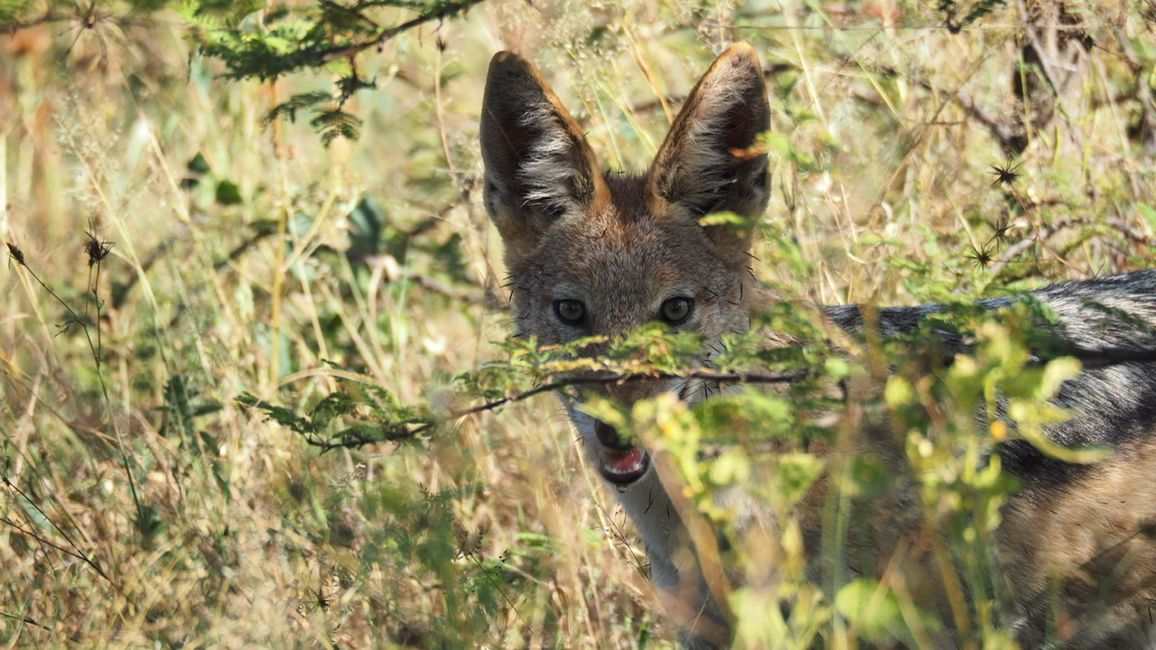
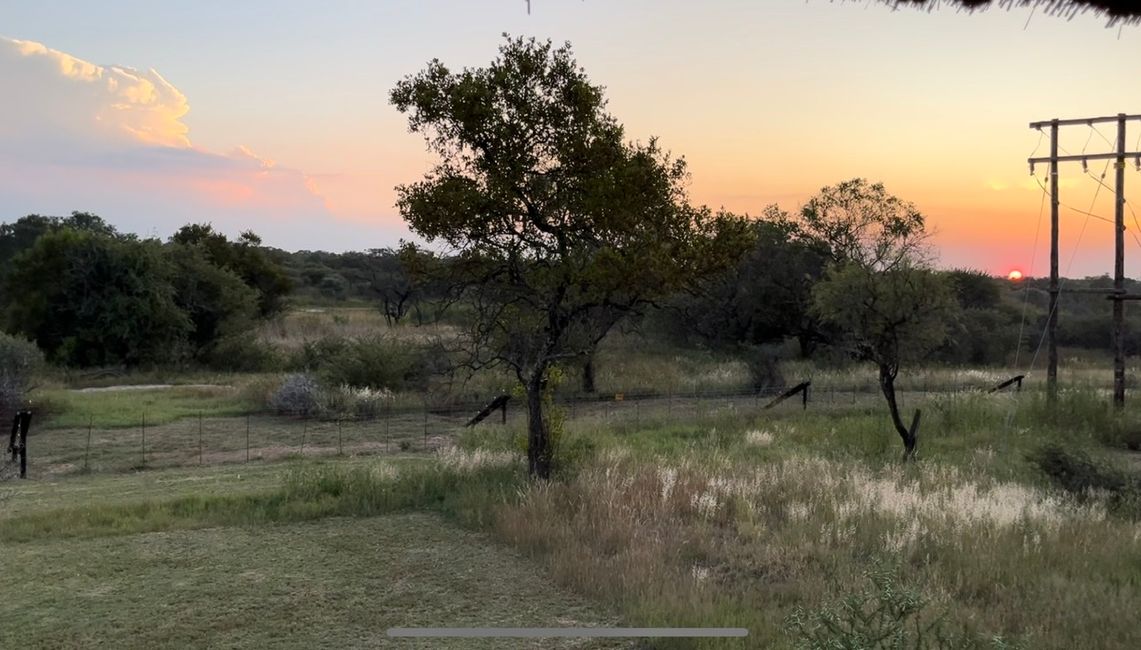
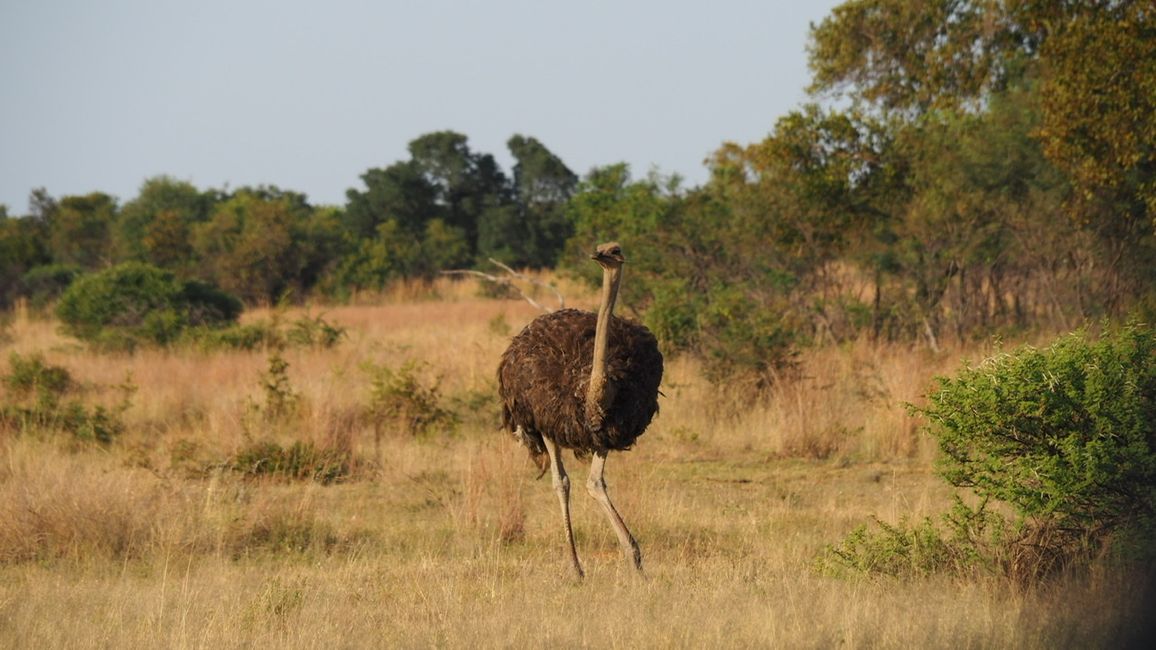
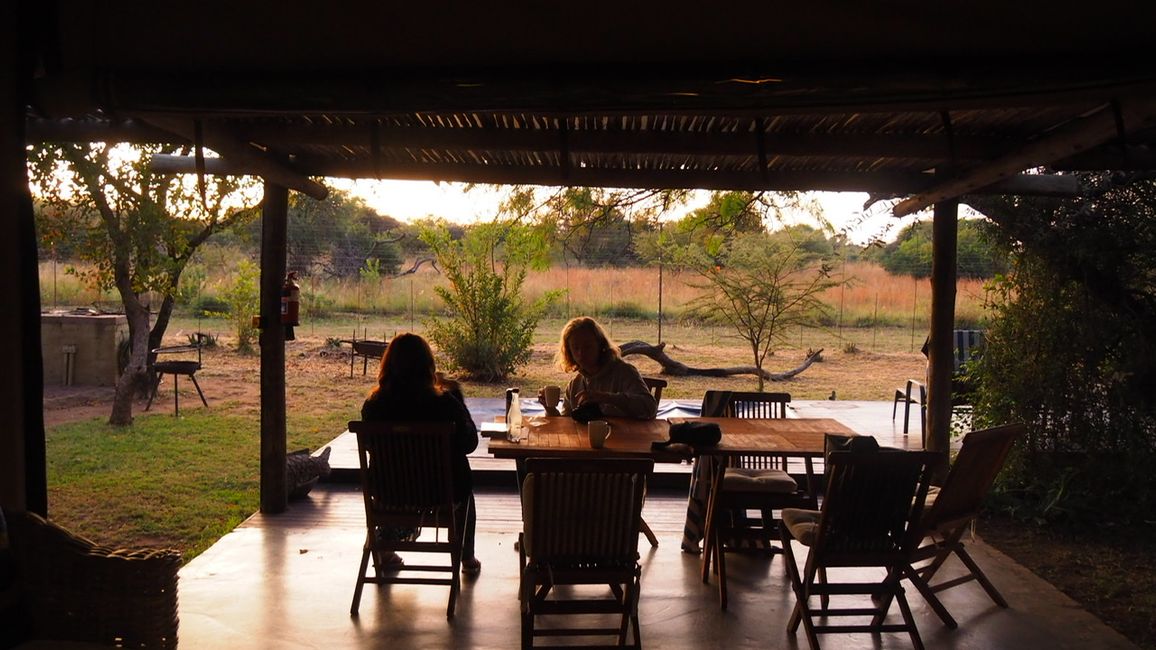
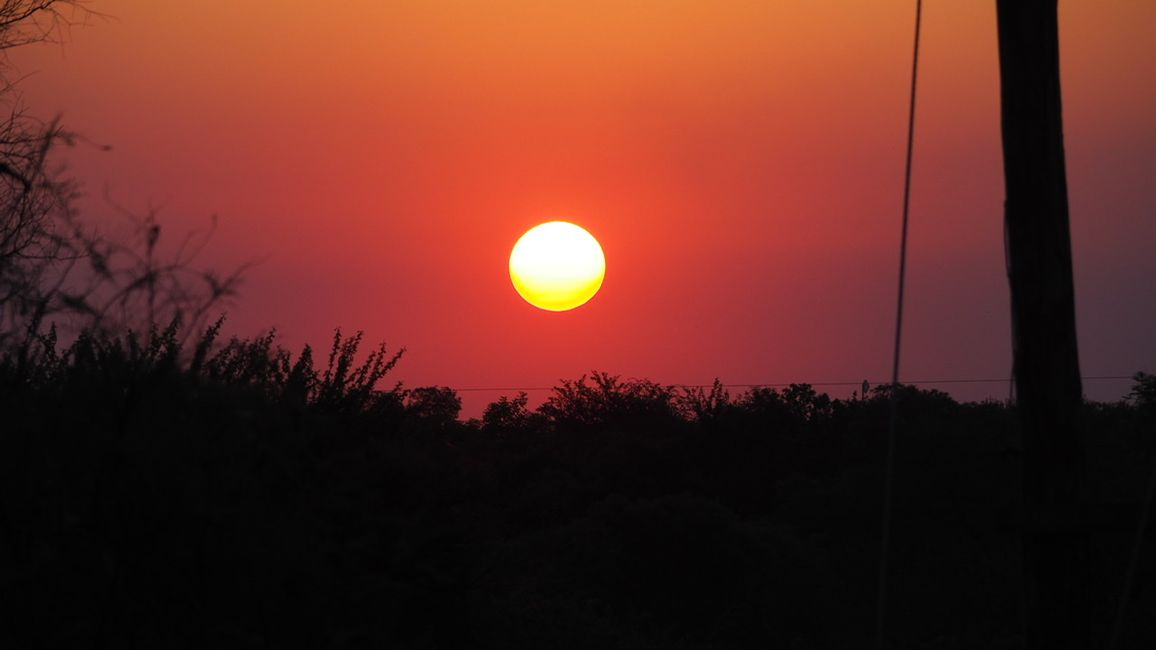
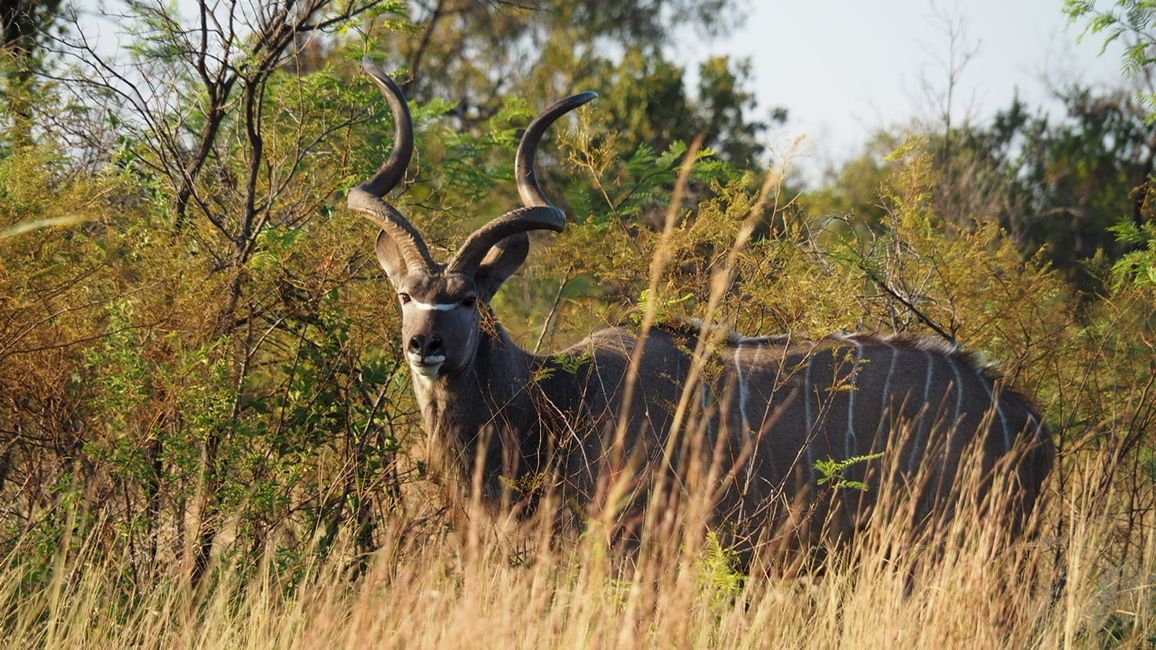
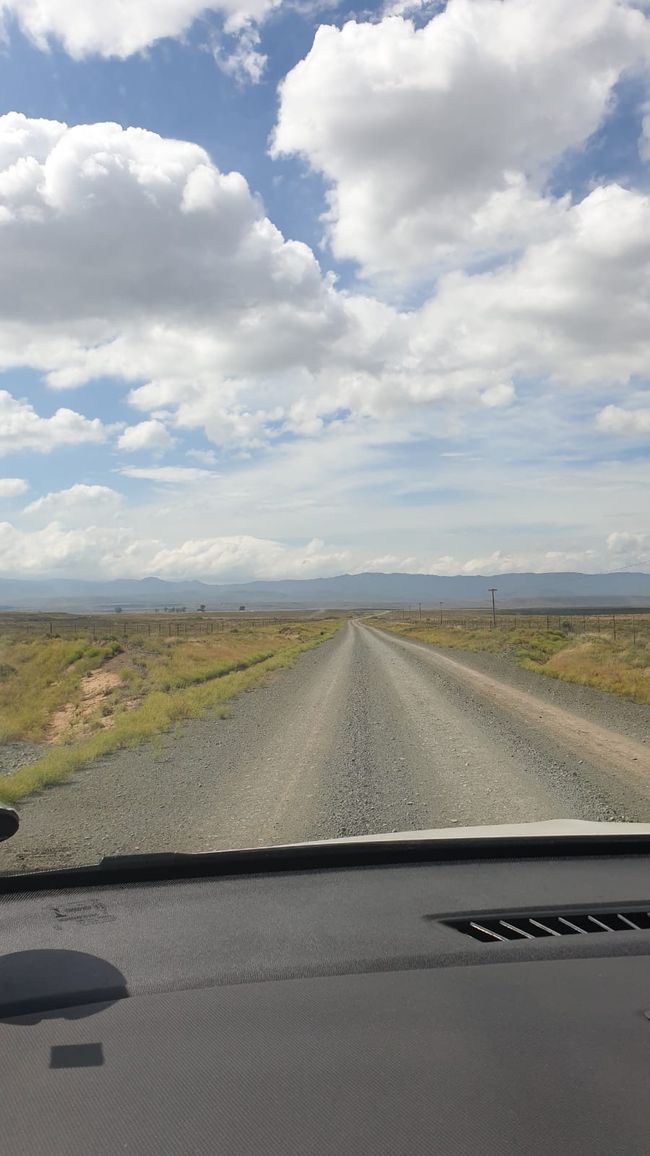
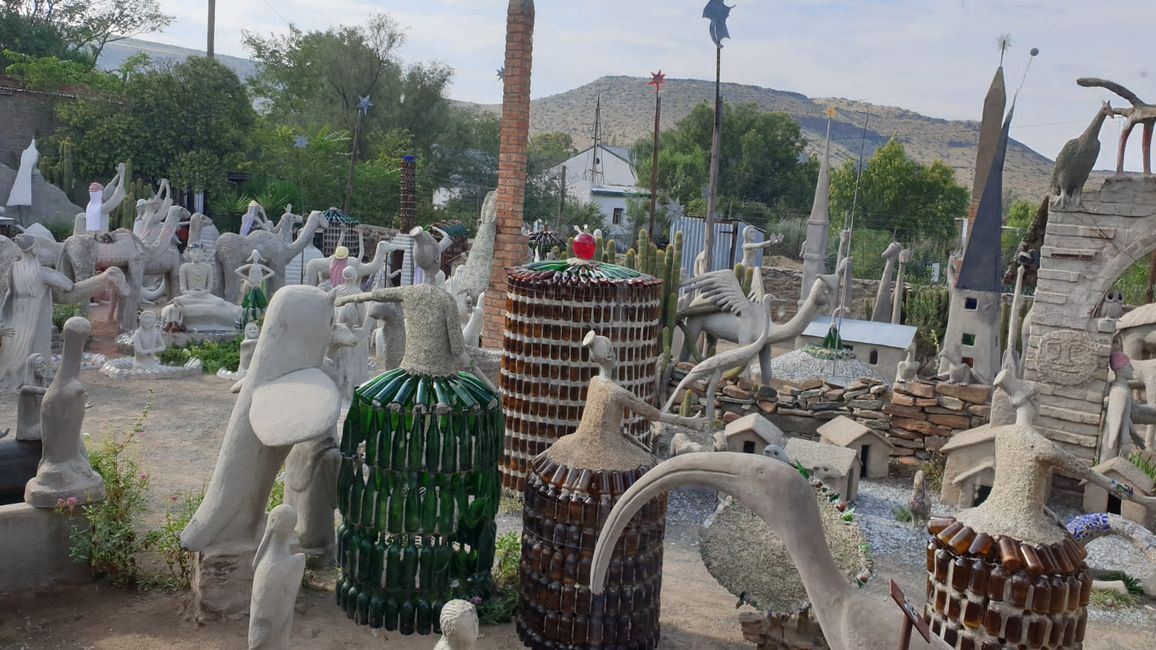
Mag-subscribe sa Newsletter
After an eventful week in Johannesburg, it seemed like a good idea to revive my blog. Even though the title 'Max in the Jungle' may not seem as fitting anymore, it feels like I am exploring a new jungle in South Africa. A jungle made up of different people and perspectives, diverse landscapes and cities, various languages and stories. When my friend Vusi asked me if I wanted to accompany him to his home country of South Africa, I didn't hesitate and made sure to submit all my exams and assignments beforehand. After that, I was soon on my way to Johannesburg, or Joburg as the locals call it.
Vusi lived there until he was twelve and his father grew up there during the apartheid regime. We first went to Vusi's grandmother, who still lives in Johannesburg at the age of 90. I immediately noticed the high walls and strict security measures of the senior home, not out of fear that the retirees would escape, but rather because people in all the mostly 'white' and affluent neighborhoods still have a constant fear of being robbed. Moving on foot in your own neighborhood or even within the neighborhood is still very dangerous, especially for tourists, due to the high crime rate in Johannesburg, and it is unimaginable at night. I felt very confined there because I am used to being able to reach everything by bike and to go for a walk.
We stayed overnight at Birgit's place for a week, a friend of Vusi's family, who works for Human Rights Watch in Johannesburg. We had a small annex for ourselves, which was adjacent to the beautiful country house with a pool. George Bizos, the lawyer of Nelson Mandela, who is said to have advised Mandela to add the words 'if needs be' to his world-famous speech, used to live in the house. Mandela said:
“I have cherished the ideal of a democratic and free society in which all persons live together in harmony and with equal opportunities. It is an ideal which I hope to live for and to achieve. But if needs be, it is an ideal for which I am prepared to die.”
Many believe that these words saved Mandela from the death penalty, as he signaled that he was not prepared to die as a martyr under all circumstances.
In Johannesburg, we met many friends of the family, especially musicians who used to play in different bands with Kai. One of my highlights was a guided tour of Ponte Tower, the most iconic building in South Africa. Ponte Tower is located in Hillbrow, once one of the trendiest neighborhoods in Johannesburg, which is now considered the most dangerous neighborhood in South Africa. The tower is circular and has 52 floors with a large advertising space above it. It is hollow on the inside because at the time of construction, there was a law requiring all kitchens to have a window. Ponte City, as the tower is also called, is the largest inhabitable building in the southern hemisphere.
Ponte City was initially a very upscale address because the loft apartments on the 52nd floor offered a perfect view of Johannesburg. However, when the apartheid regime was abolished in the 1990s, several gangs occupied the building. At one point, more than 10,000 people lived in the tower, which was designed for 3,500 people. Since there was no regulated waste disposal in the building, people disposed of their garbage by throwing it into the hollow middle of the building, where it piled up to the fifth floor. At that time, residents referred to the tower as 'Hell on earth' because it was the center of drug and sexual violence. Therefore, the hollow middle of the tower was not only filled with garbage but also with numerous dead bodies, making it the suicide center of Johannesburg.
A new chapter for Ponte City began with the 2010 FIFA World Cup in South Africa. Rumor has it that investors managed to remove all people from Ponte City with the help of paid gangs. It took two years to remove all the garbage from the tower. But then the building was completely renovated. Now people from different social classes live there, although almost exclusively people of color. An NGO called Djala Ne has settled on the ground floor, offering activities and support for young people from the neighborhood. The young man who gave us the tour used to frequent the place himself.
On another evening, Vusi and I went out to party in Newtown, a cool street art neighborhood, with a few other people our age. Before that, we exchanged information about our studies in a garden. It was shocking how little freedom the young people here had and even more so how studying in South Africa depends on the parents' financial situation. However, the techno club we went to was quite similar to the ones we were used to in Münster and Göttingen. There was even a surround sound system with perfect sound, similar to the Function One in Berghain. The people were dressed similarly to us in techno clubs, with mesh shirts, fast glasses, and mullets. The LGBTQIA+ community was also open and well-represented. All of this seemed quite surreal in the midst of this criminal and extremely unequal city, especially since we visited the Apartheid Museum on the same day.
The museum had two entrances, one for 'whites' and one for 'non-whites', but unfortunately, this experience did not continue in the museum itself. However, I found the films particularly impressive, as they conveyed the energy of resistance and the immense relief of the protesting crowds when the apartheid regime was abolished. Vusi's aunt told us later that she used to have a black friend at university who was not allowed to go to the cinema, so they went to the 'non-white' cinema together, where she was also not allowed to enter. It is hard to imagine that this state of affairs was the norm until the 1990s.
Because a safari is a must in South Africa, we also went to a small nature reserve. Unfortunately, the Kruger Park and Pilanesberg National Park exceeded our time and budget, so we chose a nearby park called Dinokeng. There, we drove on narrow paths through extremely dense bush vegetation, so we rarely encountered animals. We only saw a few zebras, impalas, and kudus. There was no sign of the Big Five that the park promised. Nevertheless, it was a nice trip because we sat by the fire in the lodge for a long time in the evenings, listening to the crickets, and experienced the awakening savannah in the morning. We also had unexpected encounters with giraffes and jackals, and our cottage had a pool from which we could watch the sunset.
Now I am sitting in the car, driving 1,600 km through the steppe and semi-desert landscapes to Cape Town. Last night, we made a stopover in Nieu-Bethesda. It is a small village in the middle of the Karoo, in the vast semi-desert about 100 kilometers from the nearest city. We could only reach it via a gravel road where several spoon hares, a monitor lizard, and a kudu crossed our path. In Nieu-Bethesda, some artists and other dropouts have settled. I felt like time stood still there. Here and there, you could see a farmer herding his goats through the village. In the evening, we sat in the local pub, where the tanned beer-bellied regulars assured us that the pub had been voted the best pub in South Africa 19 times in a row. This morning, we visited the Owl House. Helen Martins used to live there, a crazy artist who decorated her entire house with tiny, colorful pieces of glass. She made these by pushing glass bottles through a meat grinder. Her entire garden is filled with fantasy figures that she sculpted out of cement. They are primarily owls, but also camels, giraffes, and human figures or a combination of these creatures, which she all aligned towards Mecca. During her lifetime, the artist was socially marginalized because she was considered possessed by the devil. Now, she has a greater significance for the cultural identity of the desert village. For me, her story is indicative of the people in Nieu-Bethesda, as one must either be crazy or a little obsessed to live there permanently.
Now I'm looking forward to two wonderful weeks on the coast, where Vusi and I want to explore the area on our own. I'm excited about Table Mountain, the world-famous waves, penguins, and sea lions. Hopefully, there will be more to read about in a week.
Mag-subscribe sa Newsletter
Tubag
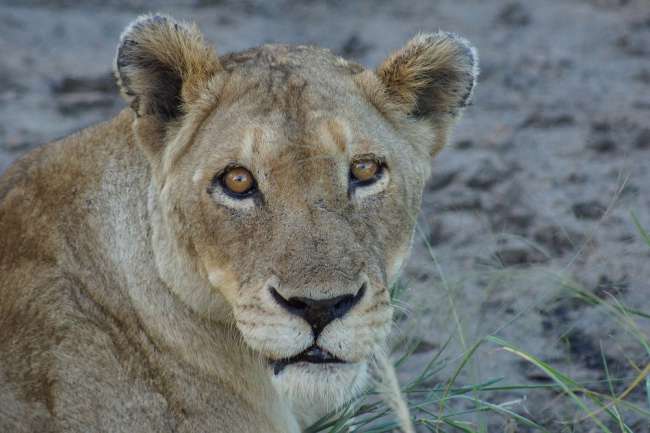
Mga taho sa pagbiyahe Habagatang Aprika

